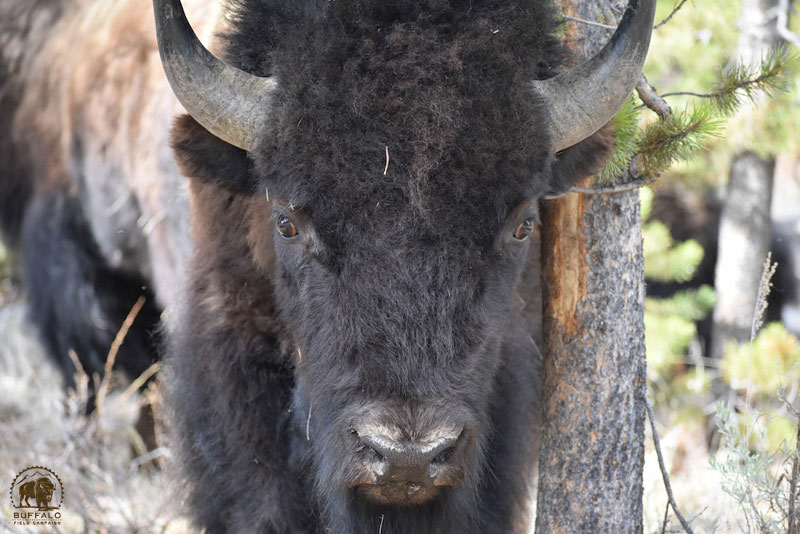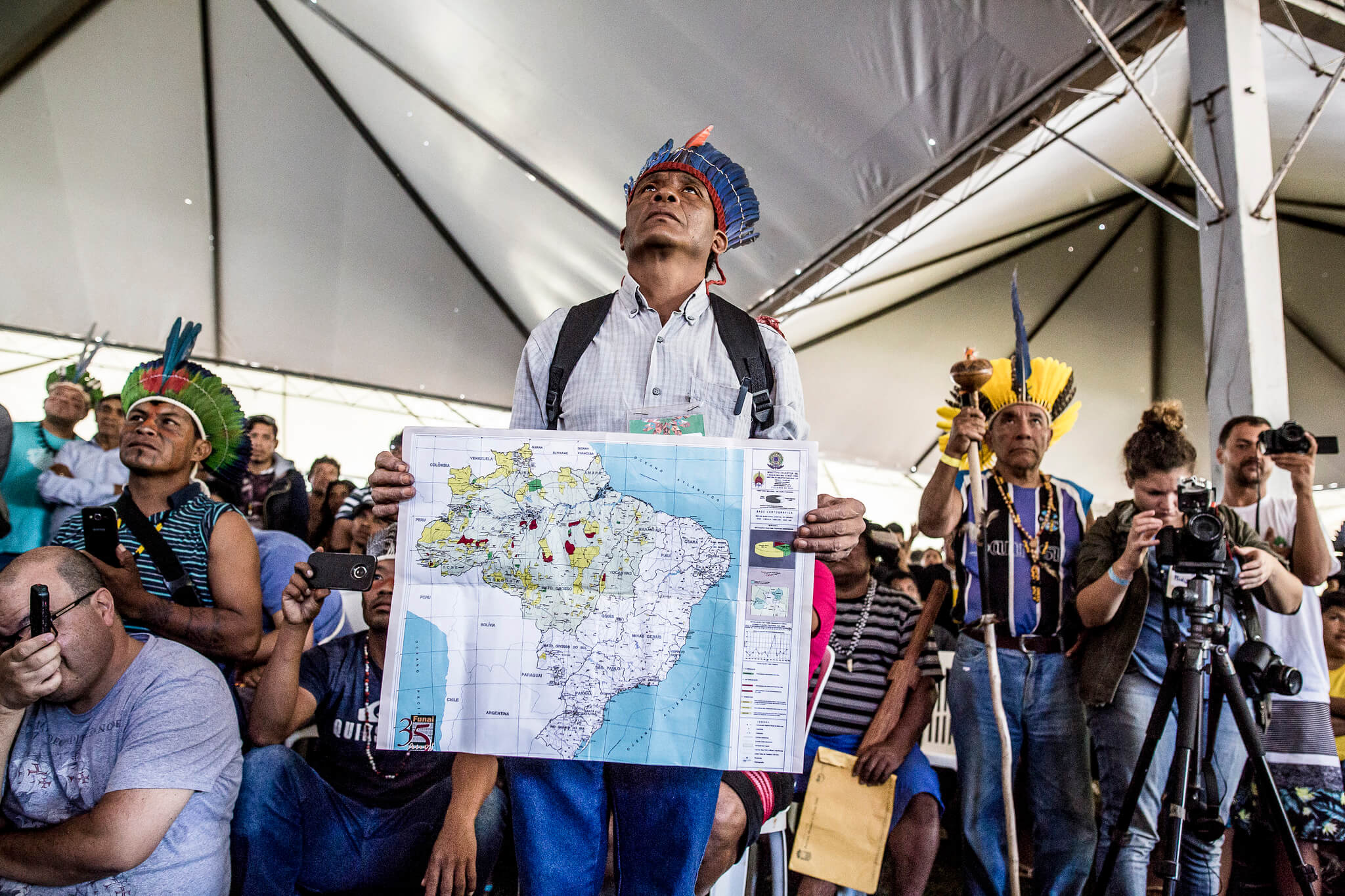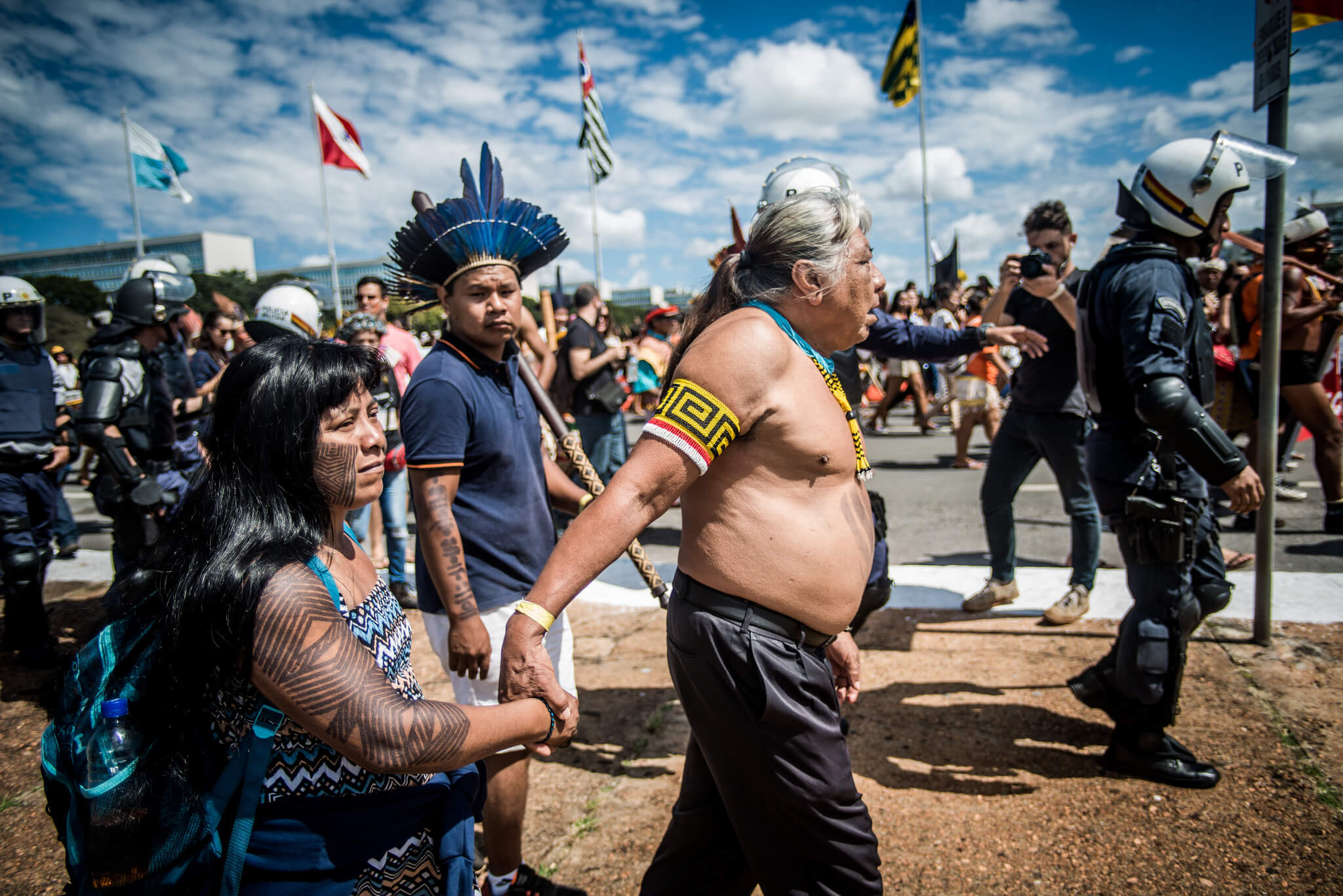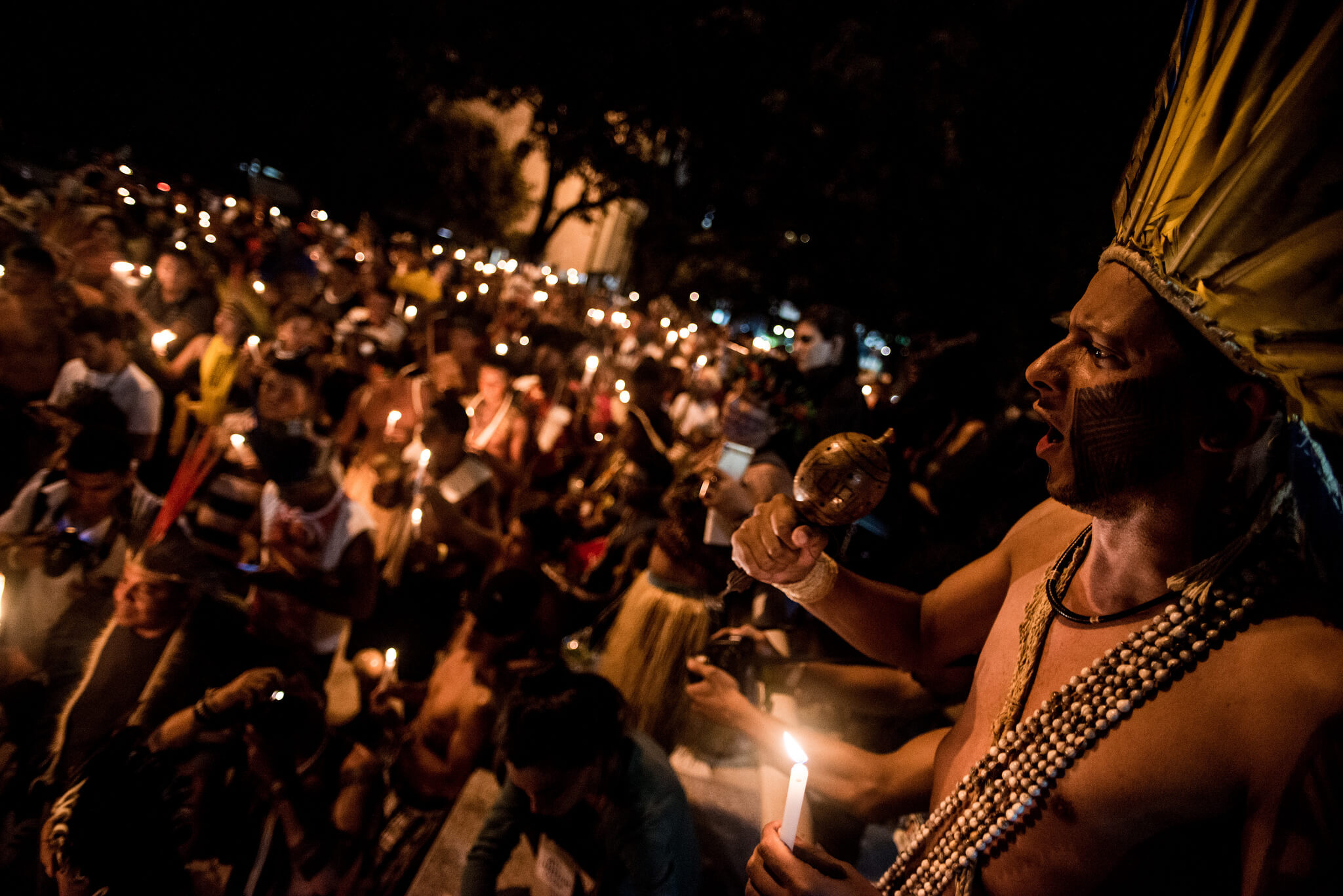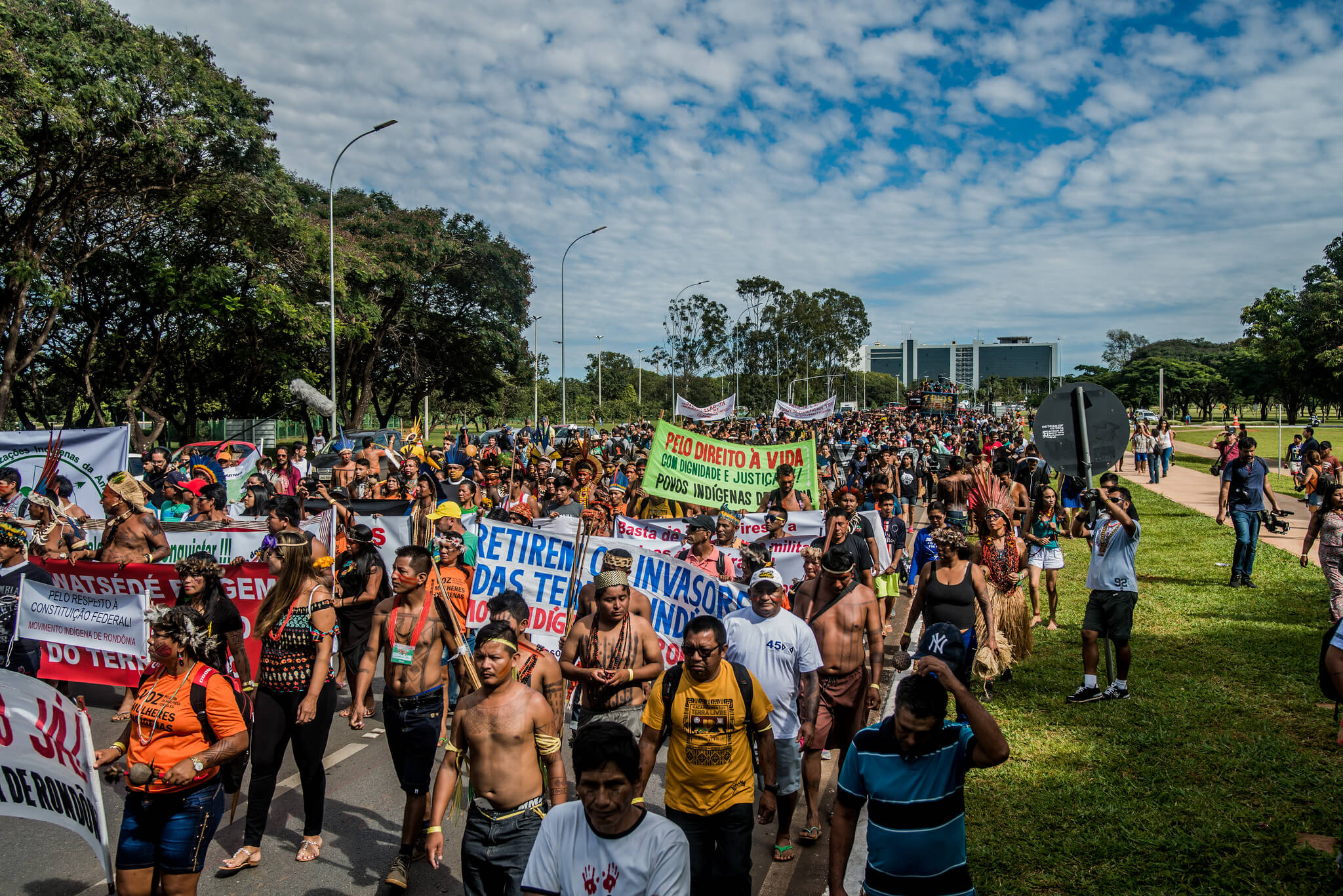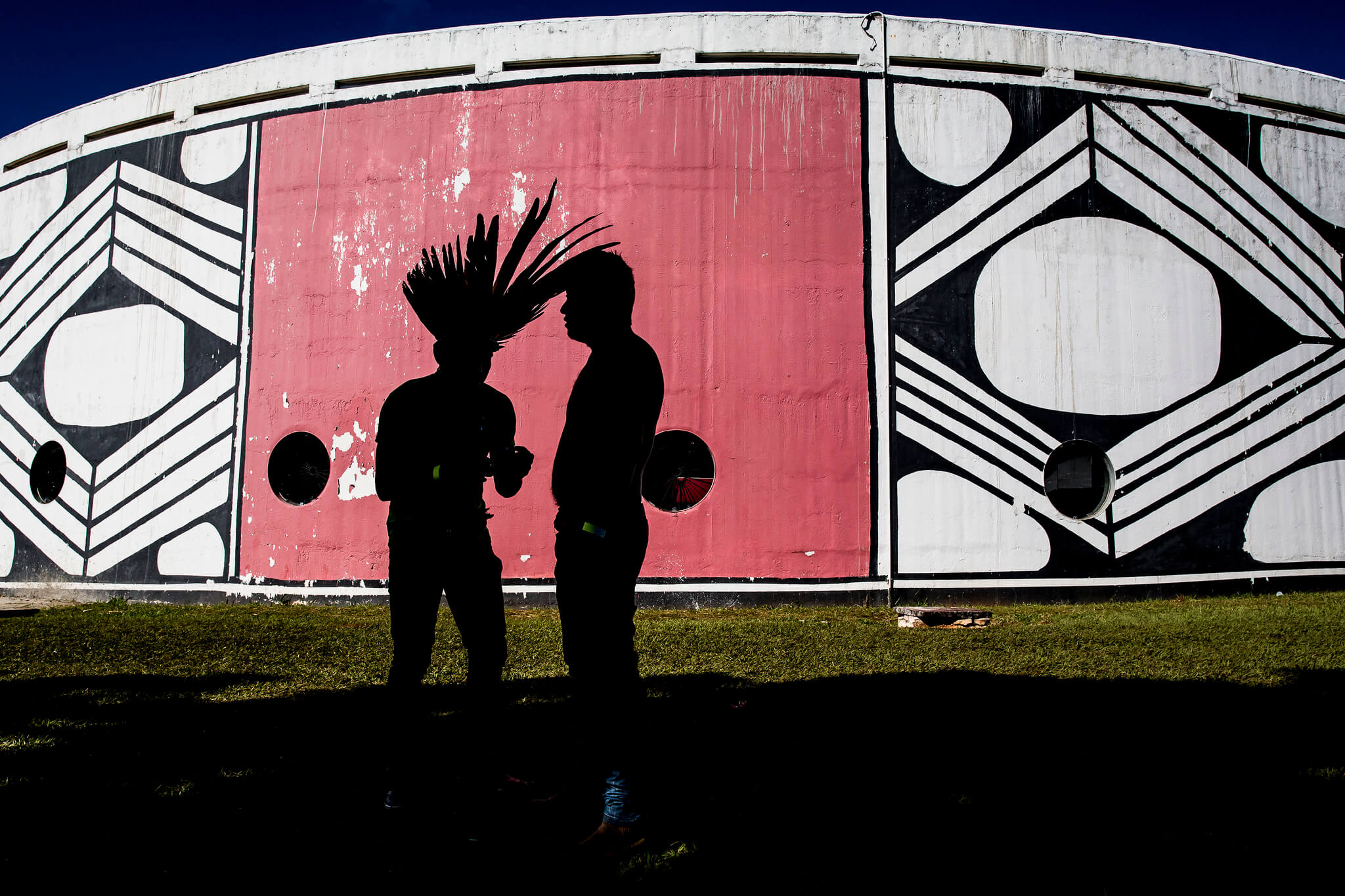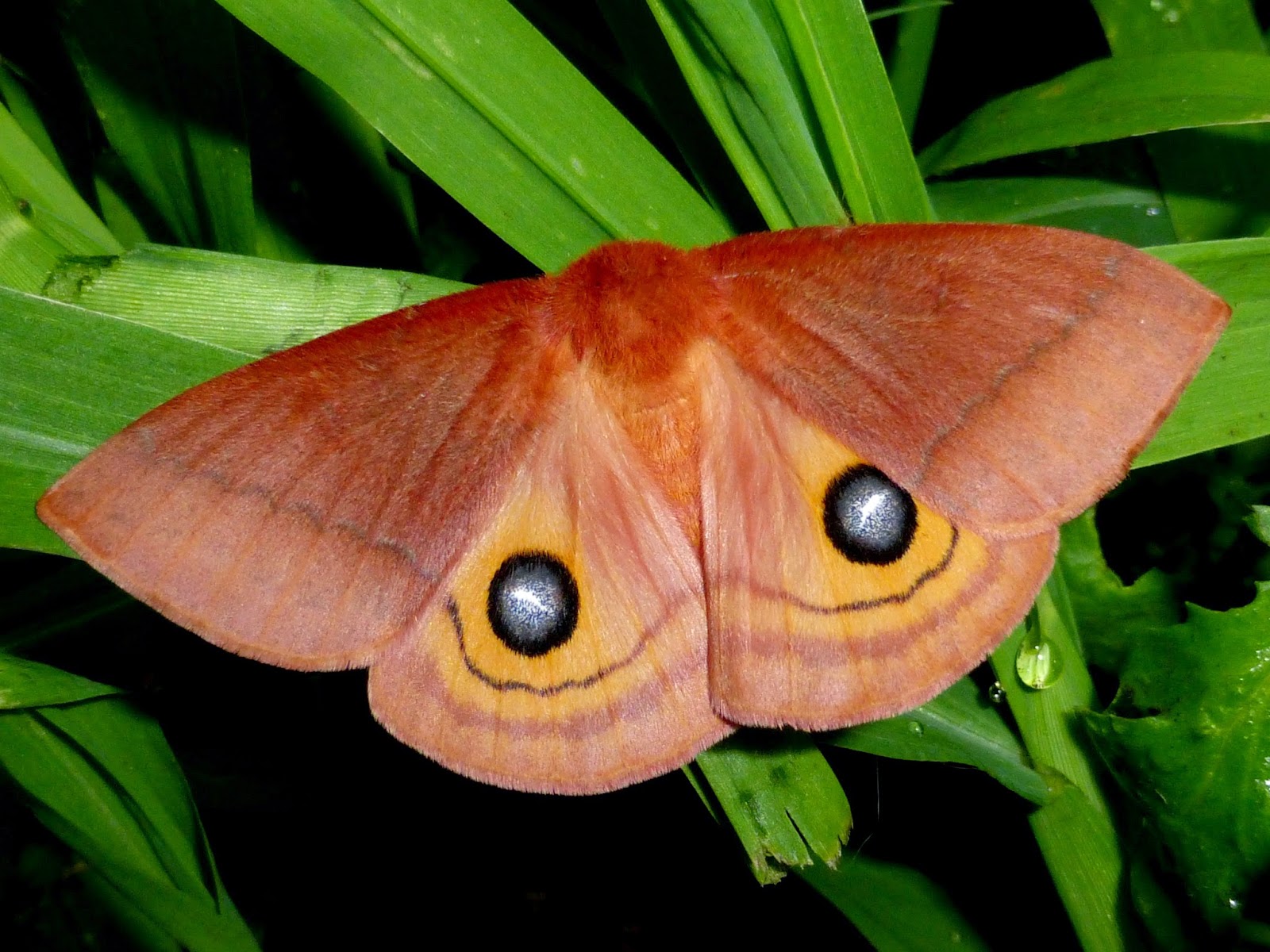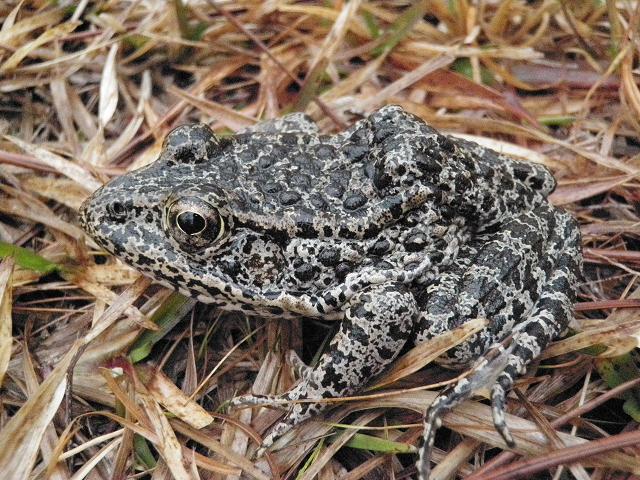
Supreme Court Asked to Protect Habitat for Endangered Frogs
Featured image: Dusky gopher frog courtesy USFWS
by Center for Biological Diversity
NEW ORLEANS— From economists and scientists to religious leaders and business owners, dozens of groups this week submitted “friend of the court” briefs asking the U.S. Supreme Court to maintain protections for 1,600 acres of “critical habitat” designated in Louisiana for endangered dusky gopher frogs.
“It’s inspiring to see so many people eloquently urge our nation’s highest court to protect endangered wildlife,” said Collette Adkins, a Center attorney fighting in the Supreme Court for the frog’s protections. “While these folks represent a wide range of interests, they’re united in supporting these little frogs, their habitat protections and the Endangered Species Act. Like most Americans, these scientists, businesspeople and faith leaders recognize that imperiled animals need a place to live.”
The U.S. Supreme Court in January granted a “petition for certiorari,” filed by the timber company Weyerhaeuser, to reconsider a June 2016 decision from a three-judge panel of the 5th Circuit Court of Appeals that upheld a 2012 rule establishing the frog’s protections.
That rule protects 6,477 acres of critical habitat in Mississippi and Louisiana, including 1,600 privately owned acres of unoccupied frog habitat in St. Tammany Parish, Louisiana. The panel held that the U.S. Fish and Wildlife Service reasonably concluded that the St. Tammany Parish land is essential for recovery of the frogs, which are now confined to just three sites in southern Mississippi — with only one site regularly showing frog reproduction.
The “friend of the court” briefs, also known as “amicus briefs,” filed this week ask the Supreme Court to affirm the panel decision. Volunteer lawyers and law students wrote the briefs, in a coast-to-coast effort to represent scientists, legal experts and others with economic, scientific, moral and aesthetic interests affected by this case:
- Landowners who value the presence of endangered species on their property and welcome efforts to preserve their habitats;
- Faith-based groups recognizing a shared commitment, rooted in religious teachings and principles, to care for the earth and its species;
- Scientists with expertise in conservation biology, including Stuart Pimm and E.O. Wilson;
- Frog experts who study amphibian ecology and have expertise in conservation of gopher frogs;
- Leading nonprofit conservation organizations with longstanding interests in protecting wildlife;
- Environmental law professors with expertise in the Endangered Species Act;
- Economists and law professors with expertise in economic theory, cost-benefit analysis, the valuation of environmental goods and environmental law and regulation;
- Former leaders of the Department of the Interior, ranging from the Nixon administration through the Obama administration, who administered and enforced the Endangered Species Act; and
- Small-business owners including ranchers, ecotourism entrepreneurs and artists, who make an economic case for biodiversity and stewardship.
The Center for Biological Diversity organized the amicus effort and, along with the Gulf Restoration Network, intervened in the case. Participating as parties in the litigation before the Supreme Court, the Center and GRN last week filed their brief in support of the frog’s habitat protections.
Background
The dusky gopher frog (Rana sevosa) is a warty, dark-colored frog with ridges on the sides of its back. When picked up, these frogs cover their eyes with their forefeet, possibly to protect their faces until predators taste their bitter skin secretions and release them. Gopher frogs spend most of their lives underground in burrows created by gopher tortoises — hence their name.
Once prevalent in Louisiana, Mississippi and Alabama, dusky gopher frogs are nearly extinct. More than 98 percent of longleaf pine forests — upon which the frog and many other rare animals depend — have been destroyed. Fire suppression, drought, pesticides, urban sprawl, highway construction and the decline of gopher tortoises have made this frog so rare it now lives in only a few small Mississippi ponds, with only one pond showing consistent frog reproduction.
In response to a Center lawsuit, the Fish and Wildlife Service listed the gopher frog as a federally endangered species in 2001. The lawsuit and advocacy by the Center also prompted the 2012 critical habitat designation at issue in the Supreme Court case. Additionally, in response to legal advocacy by the Center and Gulf Restoration Network, the agency released a final recovery plan for the frogs in 2015.

